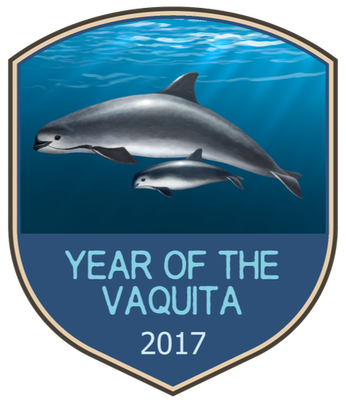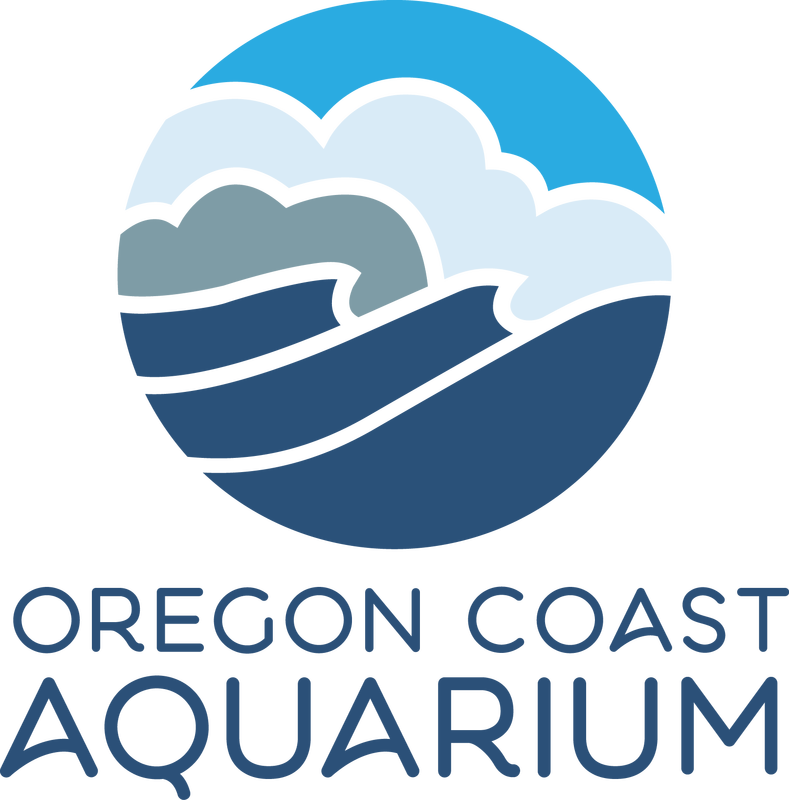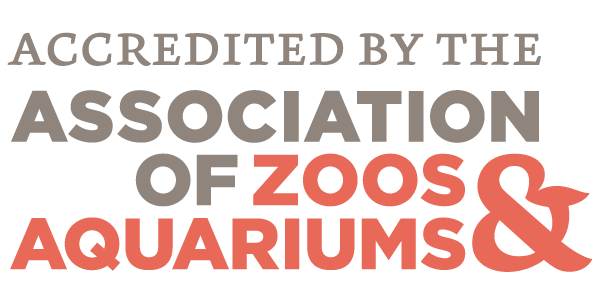Navigate: |
Summer 2017 Update:This page contains a complete list of curriculum (grades 9-12) and other downloadable items for classroom use. The curriculum is downloadable at the bottom of the page. For more teacher and classroom resources, see the EDUCATE area of this website.
New materials will be added throughout the year so watch for updates or subscribe to the Oceanscape Network’s free email newsletter by clicking here. Additional resources for primary and intermediary grades can be found on the WhaleTimes website. Related Features: Orca Reporting | Whales, Dolphins and Porpoises of Oregon | Youth Activities: Conservation Projects | Youth Activities: Whale Watching |
The status of the vaquita (Phocoena sinus) is at a critical stage. Biologists estimate that less than 30 vaquita remain and are on the verge of extinction. This is due in large part to vaquitas becoming entangled in illegal gilllnets set by poachers fishing for totoaba. Totoaba are a critically endangered fish prized for their swim bladders. The Mexican government and its conservation partners have organized a live capture effort to try to save the vaquita from extinction. Scientists will try to capture as many vaquita as they can between October and November 2017. The porpoises will be held until it is safe to release them back into their environment.
Because vaquita have never been captured, it is unknown how they will fare but biologists believe they must try now or this porpoise will be extinct within two years.
Because vaquita have never been captured, it is unknown how they will fare but biologists believe they must try now or this porpoise will be extinct within two years.
The Plan for Live Capture and Breeding:
|
The capture effort is being led by the National Marine Mammal Foundation. Experts will use a converted crabbing ship called the Maria Cleofus, along with two other ships. The first live capture expedition is scheduled for mid-October to mid-November 2017. Marine mammal veterinarians and porpoise experts from around the world will oversee the process using techniques proven successful on similar species.
|
Locating the notoriously elusive vaquita may be difficult, so the capture teams will be using bottlenose dolphins specially trained by the U.S. Navy. The dolphins will locate vaquita underwater and then surface to direct human teams to the vaquita’s location. The porpoises will then be transported to specially built sea pens. There, they will be cared for by marine mammal experts. The pens will allow the vaquita to stay in their own habitat and move around freely, but keep them safe. Within the sea pens, vaquitas will be safe from predators and, most importantly, free from the dangerous human activities that are driving them to extinction.
Throughout the entire process, experts will carefully monitor the vaquita for signs of stress.
If an animal does not appear suitable for capture, it will be released back into the wild.
Throughout the entire process, experts will carefully monitor the vaquita for signs of stress.
If an animal does not appear suitable for capture, it will be released back into the wild.
Challenges Following Capture:
Captive breeding is the process of breeding animals in a controlled environment where trained professionals including husbandry experts and veterinarians oversee the conditions.
The technique removes many naturally occurring hazards (such as poaching, gill nets, disease or predation) that might limit the number of young that reach maturity. Captive breeding has been used to help other endangered animals, though success rates can vary from species to species. Still, there are cases where captive breeding has saved other species on the brink of extinction. The example of the California condor is probably one of the best known.
Even if the vaquita prove to be adaptable to captive breeding, the process of restoring their population will take decades. According to the latest report (May 2017) from the international vaquita recovery team (CIRVA), “Based on current conditions, it may be many years (decades) before it is possible to return vaquitas safely to the wild.” Unless conditions change in the vaquita’s natural habitat, captive-bred animals will face the same hazards that endangered the species in the first place. Keeping this in mind, the Mexican government and various conservation organizations will increase their various efforts to promote sustainable fishing and stop poaching in the Gulf of California.
The aforementioned California condor has been the subject of intensive captive breeding since 1987. The release of captive birds into the wild didn’t begin until 1992. Condors are still bred to this day to help supplement the wild populations.
While biologists hope that the captive breeding effort will give the vaquita a new lease on life, their situation is complex and there are no guarantees.
The technique removes many naturally occurring hazards (such as poaching, gill nets, disease or predation) that might limit the number of young that reach maturity. Captive breeding has been used to help other endangered animals, though success rates can vary from species to species. Still, there are cases where captive breeding has saved other species on the brink of extinction. The example of the California condor is probably one of the best known.
Even if the vaquita prove to be adaptable to captive breeding, the process of restoring their population will take decades. According to the latest report (May 2017) from the international vaquita recovery team (CIRVA), “Based on current conditions, it may be many years (decades) before it is possible to return vaquitas safely to the wild.” Unless conditions change in the vaquita’s natural habitat, captive-bred animals will face the same hazards that endangered the species in the first place. Keeping this in mind, the Mexican government and various conservation organizations will increase their various efforts to promote sustainable fishing and stop poaching in the Gulf of California.
The aforementioned California condor has been the subject of intensive captive breeding since 1987. The release of captive birds into the wild didn’t begin until 1992. Condors are still bred to this day to help supplement the wild populations.
While biologists hope that the captive breeding effort will give the vaquita a new lease on life, their situation is complex and there are no guarantees.



